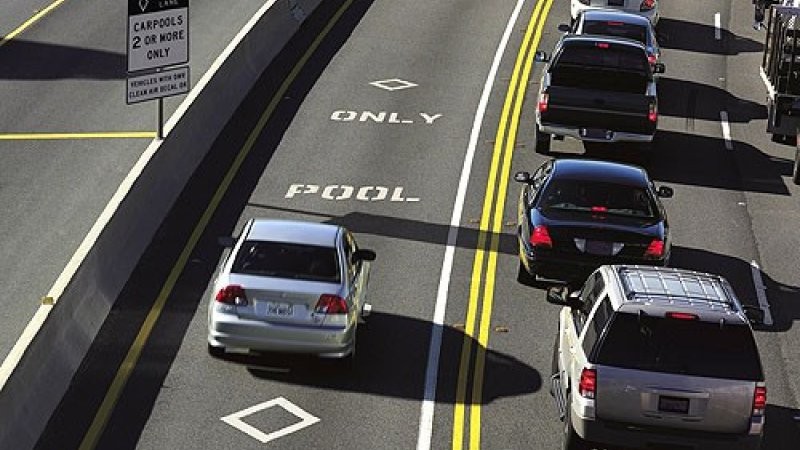This is a special feature in which Tech Nova looks at ways of improving certain aspects of Accra with the use of technology
Traffic.
We all hate it. Sitting in a vehicle in the sweltering heat because you’re trying to save on fuel can be very annoying and uncomfortable.
Also, sitting in traffic for too long is actually bad for your health. But it doesn’t seem like the traffic in the city is going to get any better.
So how did we get into this mess?
Bad planning? Bad management? Too many cars?
Well, it’s a combination of all those factors.

So how do we fix this problem? Well, it’s not going to be easy but there are some solutions which can be employed to solve the problems of public transportation and traffic.
Here’s some of those solutions:
1. Better Traffic Light Management
We’re in 2018 and the traffic condition is not improving for the better in Accra. One of the places we can look at is traffic lights. At the moment, most of the traffic lights use a timer. A traffic signal is typically controlled by a controller inside a cabinet mounted on a concrete pad.
But in a city where more cars are on the road and vehicular traffic is increasing, it doesn’t make sense to keep relying on timed traffic lights for traffic coordination.

It would better to actually use an Adaptive traffic control system (ATCS) for our traffic lights. ATCS is a system in which the traffic light timing changes, or adapts, based on actual traffic demand. This is done with a mix of hardware and software.
This system would be beneficial especially during mornings (7am to 9pm) and rush hour (5pm – 7pm) in Accra.
2. More Focus On Developing A Public Transportation System
The keyword here is “system“.
As of now, it’s hard to say that Accra has a “system” when it comes to public transportation. Right now, it’s more of a patchwork than a system.
Ghana’s public transportation right now is made of trotros and taxis all of which are managed (debatable) by the Ghana Private Road Transport Union (GPRTU) which was formed to ensure the efficient management of commercial road transport.
The Ghana government over the past years has been trying to improve the system by bringing Metro Mass buses and recently introduced “Ayalolo” buses which were meant for the Rapid Transit System (RTS) they intended to implement.

These measures haven’t really made an impact as the bus lanes for the Ayalolo buses have not been built in many parts of the city. Poor maintenance of Metro Mass buses are also a cause for concern.
For there to be a better transportation “system”, authorities need to focus on the following:
More Regulation For Trotros and Taxis
There needs to be more regulation for passenger carrying vehicles in Ghana. Regulation in the form of safety standards would more than adequate as most of the trotros and taxi cars aren’t really winning any safety awards.
In other places, fares are calculated electronically in taxis. If the GPTRU could regulate and have a formula for calculating fares, more people would be comfortable taking taxis when they know that they won’t have to negotiate fares.
Better Road Design For Buses
Accra can be considered small spaces for buses. Right now, the Rapid Transit buses are kind of dead on arrival because there are no roads for them to traverse on.
As the systems for buses and other public transportation get more reliable and transparent, it could lead to more people using public transportation and using their own vehicles less.
3. High Occupancy Lanes And Carpooling
As stated before, the roads in Accra aren’t really modernized for the current vehicle situation. In some cities in the US, there are lanes which are designated as “High Occupancy Vehicle” Lanes or HOV lanes. Only vehicles in which two or more people are traveling can occupy those lanes. These lanes are mostly used by buses and cars in which passengers are “carpooling”.
In carpooling, the owner of the vehicle takes one or more passengers along the same route and the passengers all contribute to fuel. The practice is usually done with office workers going to and from the same or close workspace.
Even ride sharing apps like Uber offer “carpool” options for riders going in a similar route.
If there was an effort in building and enforcing HOV lanes in Accra, it could definitely help reduce the number of vehicles on the road.
But it would take a massive amount of resources to construct such lanes. It’s hard to see if we will ever get to that point.
Can Ridesharing Apps Save Us?
The short answer at the moment is no. According to a recent study in the US, ride-sharing apps like Lyft and Uber are actually increasing traffic congestion.
But that doesn’t necessarily mean that the same can be said for our part of the world. But if you think about it, individuals and companies would want to purchase vehicles to take advantage of ride-sharing apps, thereby increasing the number of vehicles on the road.
But until an official study is done, it’s all spectulation
Solving Accra’s traffic problem will not be busy. There are some road works currently ongoing to reduce traffic congestion. It might help in the short term but if more attention isn’t paid to public transportation and reducing the number of vehicles on the road, our problems will still be there in the long term.












